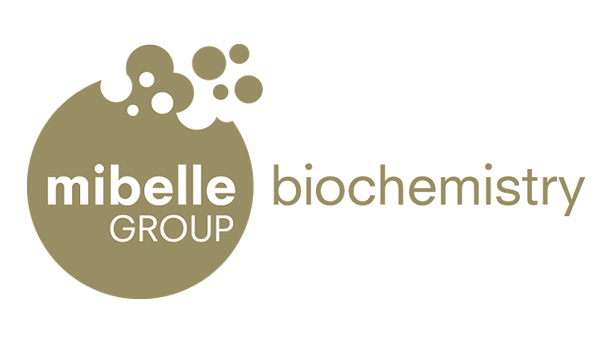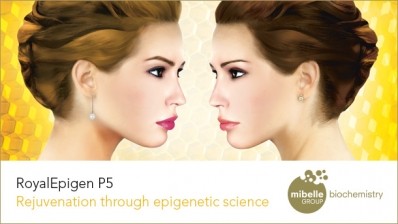Promotional Features
Rejuvenation through epigenetic science
For a long time it was believed that the way we look and act is predetermined in genes we inherit from our parents, that everything is driven by genetics. This is only part of the truth. While our genes contain all the information that makes us, the environment influences the way these genes are read and the information is interpreted. This regulation on top of genetics is called epigenetics. Epigenetics is the reason why a butterfly looks very different from a caterpillar although it always possesses the same genes: they are only switched on and off in a different pattern.
In humans, the influence of epigenetics is best observed in identical twins. Although they share the same DNA sequence, differences in lifestyle and the environment such as smoking, diet and living in a polluted area, heavily impact the aging process. This can lead to identical twins that appear to differ in age by many years.
Although the effects of epigenetics are obvious in nature, the exact mechanisms through which genes are regulated are still being unraveled in this relatively new field. Epigenetic modifications of our DNA keep our genetic code intact but influence the way our genes are read and interpreted, activating certain regions of the genome while silencing others. This leads to a changed production profile of proteins, which then in turn influences the state of the cell and, on a macroscopic level, the look and behavior of the whole organism.
It has been shown that epigenetic changes can be inherited from one cell to another – and in some cases even from one generation to another. This means that bad lifestyle choices could affect us for a long time, even after the trigger for the epigenetic change is removed. The good news is that, as opposed to genetic mutations, epigenetic changes are reversible. Therefore, epigenetics is a highly interesting topic for cosmetic formulations which strive to protect and rejuvenate the skin.
Capturing the epigenetic power of royal jelly
A well-studied example of how strong the epigenetic influence can be are bees. The queen bee and the workers in a hive are all derived from the same ancestor. However, the queen bee is larger, fertile, more resilient with respect to extrinsic environmental stress and has a slower intrinsic ageing process in comparison to worker bees. Therefore, the queen bee can live up to ten times longer than her worker sisters. Despite their vastly different appearance, physiology and behavior, queen and worker bees share the same genome. Their differences are not determined by genetics. They differ only in which genes are activated and hence which proteins are produced to serve specific functions, a purely epigenetic effect.
The reason for this lies in the diet of the bees: the queen bee is exclusively fed royal jelly, which leads to these epigenetic changes. Recently, Japanese scientists discovered the component responsible for queen bee development. It is a single protein called royalactin, which drives the epigenetic reprogramming of the queen bee. Interestingly, the effects of royalactin are not just limited to bees. Scientific studies have revealed that royalactin delays aging and increases longevity in fruit flies and worms and enhances cell proliferation in mammalian cells. This makes royalactin an ideal factor to promote rejuvenation of cells via epigenetic changes.
As the full protein royalactin is not stable in a formulation, Mibelle Biochemistry has developed RoyalEpigen P5, a five amino acid peptide that contains the conserved active sequence of royalactin. To ensure its stability in a formulation and enhance its delivery into the skin, the peptide is encapsulated in a soft sphere carrier system based on shea butter. In human skin cells, RoyalEpigen P5 induces epigenetic mechanisms that lead to a smoother and more radiant skin for a youthful look.
Several in vivo and in vitro studies have suggested that RoyalEpigen P5:
- Induces epigenetic changes in skin cells
- Accelerates epidermal regeneration for smoother skin
- Activates the cellular cleaning process
- Reveals a more evenly toned skin






